Apex chats with Elizabeth Jackson, Vice President of Application Support & Information Management at the Atlanta Housing Authority. Elizabeth has 20+ years of experience in project scope, planning, budgeting, resource allocation, quality control, cost control, and system integration. Her role includes development and implementation of applications, data services and technology strategies to improve business practices. In today’s Apex 1:1, Elizabeth highlights the challenges and joys of being a “Woman in Technology” and takes us through best practices and key lessons learned as a female in the technology world.
Q: What is it like to be a woman in the World of Technology?
A: It is exciting and daunting at the same time. It is exciting because you know yourself; you know your capabilities, strengths, weaknesses, and you are always up for a good challenge. Then it is daunting because we know there is that underlying stigma that women do not belong in the technology industry, not too dissimilar from the construction industry. Although we are great at it, we have to prove that we belong first before given an opportunity which can obviously be a Catch 22. How can you prove yourself when not given a chance? At times, peers may even appear to be welcoming and want us to be a part of the team, but you still get the cold shoulder. Some men even choose to suffer and struggle in silence, before soliciting help from a female. Sad but true – and those are likely the projects that fail [LOL].
Q: What can organizations do to get more women into senior level and executive positions?
A: Support and Intentionality! Organizations often profess to support women in senior and executive leadership roles, but when the actual promotion time comes, those opportunities often dissipate or are given to males. This is where we need to see the intentionality! We need to see the organizations execute on what they profess to espouse! What I mean by support is giving women the same opportunities afforded to men. Give us an opportunity to fail or succeed. We regularly take a chance on men, right?!
Gratefully, I am currently under leadership of a male who is extremely supportive – I call him my sponsor [LOL]. He takes extra steps to make sure he creates opportunities for me. Those are the types of men we need in leadership. I was recently promoted to Vice President (like literally less than a month ago). Before transitioning under his leadership, I was Manager of Data & Reporting for 5 years in a different department – doing just as much work as I am currently doing today. In 2020, my team was transferred to the IT department under his leadership. Within 6 months under his leadership, he promoted me to Director of Application Support and Information Management. Now, here I am 2022, VP of Application Support and Information Management – all within 2 years. That speaks volumes about my boss and his leadership!
Q: What can companies do to address unconscious bias at all levels of the organization?
A: Training, Communication and Action. Organizations need to make sure they are requiring staff to take regular unconscious bias training whether its quarterly, semi-annual, or annually. Then leaders need to be sure they are effectively communicating with their staff as well as their peers. Have a peer you do not regularly work with to sit in some of your meetings or one-on-ones to observe and give you honest, constructive feedback. We often ask peers we work with on a regular basis for feedback, but if you are in sync with that peer then there is not much they can assist you with. You need fresh perspectives regularly. Diversity is another important aspect to ensuring unconscious bias is not prevalent. Interacting with others from different backgrounds will help you stay on track and within ethical boundaries. Then there is the elephant that no one likes to address because they look at it as unconscious. Organizations must act when unconscious bias is happening, especially on a regular basis. At some point, if it is happening regularly, how unconscious is it?
Q: What are some of the personal experiences — or compelling arguments — that have influenced your thinking around gender and technology and have motivated you to get involved in being an advocate for change?
A: In my earlier years getting into the technology industry, I came across many men that just did not want to share knowledge or assigned me the administrative role on projects – I was often viewed as the secretary. But I toughed it out because one thing I made sure of was that I was at every meeting, kind of forced their hand to provide me documentation – since I was “the secretary” and I made sure I was sitting right over one of their shoulders every chance I could get when they were coding even when I knew they didn’t want me there. I could tell by the body language and gestures, but they were not brave enough to tell me to go away so I stayed [LOL]. I have always been self-motivated and could teach myself any software or technology being employed. So, if I had that under my belt, they did not have to share knowledge with me, I took notes and taught myself. I tell my staff daily and anyone I meet to invest in yourself, be your biggest motivator and always take the initiative to learn new things on your own. It is like the old saying, “they can take away your job, but they cannot take away your knowledge.”
Q: What lessons have you learned that have helped you get to where you are today?
A: I have many lessons learned throughout my career, but I’ll give you my top five (5):
Lesson #1: Bring the next WIT right up with you. Make it a priority to motivate and help grow others. That is one of my greatest aspirations. I get great joy out of sharing knowledge, assisting and witnessing someone reach a milestone in their career, the excitement on their face when they learned something new, or the joy they experience while celebrating a hurdle they have overcome.
Lesson #2: Never be afraid to say, “I do not know, but I will get back to you.” Pretending to know is a very bad look. Nine times out of ten, there is someone in close proximity to you who knows the correct answer or is familiar enough to know whether what you are purporting is accurate or not.
Lesson #3: Compromise. It is very important in any industry. I have learned that compromising goes a long way, and you can get a lot done. We are not always going to get what we want, right? So, what is better than compromising to get what is needed.
Lesson #4: Stay current on trends, changes, and new technology in your area of expertise in this industry. We are already struggling to be here, do not give them a reason to justify why we should not be here. “Show Up & Show Out”
Lesson #5: Show appreciation to your staff. If your staff know and trust that you are appreciative of their hard work and dedication, they will voluntarily give you 100%. Success as a leader is not solely what you have accomplished as an individual, your success is directly linked to how you have positively changed the lives of people under your leadership and sincere appreciation is integral to this success.
Q: What is your favorite quote and why?
A: “Treat others as you want to be treated and with respect, take care of your heart and let God handle everything else.” This is my favorite quote for one because it is mine [LOL], but it is also my favorite because it is the simple key to life and life’s challenges. We all have challenges/issues/problems, days we want to just get out of character because we feel as though the person deserves it, or stress ourselves to the point of a heart attack or stroke. You cannot change people, how they feel, what they say, or what they think. You can only change yourself and be mindful of the energy you put out into the world. So, treat others as you know you would want to be treated and do it with the upmost respect. When we try to solve the world’s problems, we are stepping into God’s lane, and we don’t belong there. This is where you focus on taking care of your heart and let God handle everything else.
Elizabeth Jackson – Vice President of Application Support & Information Management at the Atlanta Housing Authority
Elizabeth has 20+ years of experience in project scope, planning, budgeting, resource allocation, quality control, cost control, and system integration. Her role includes development and implementation of applications, data services and technology strategies to improve business practices.


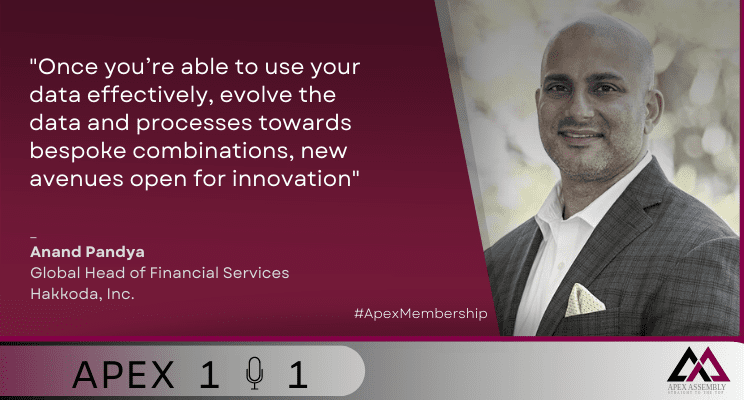

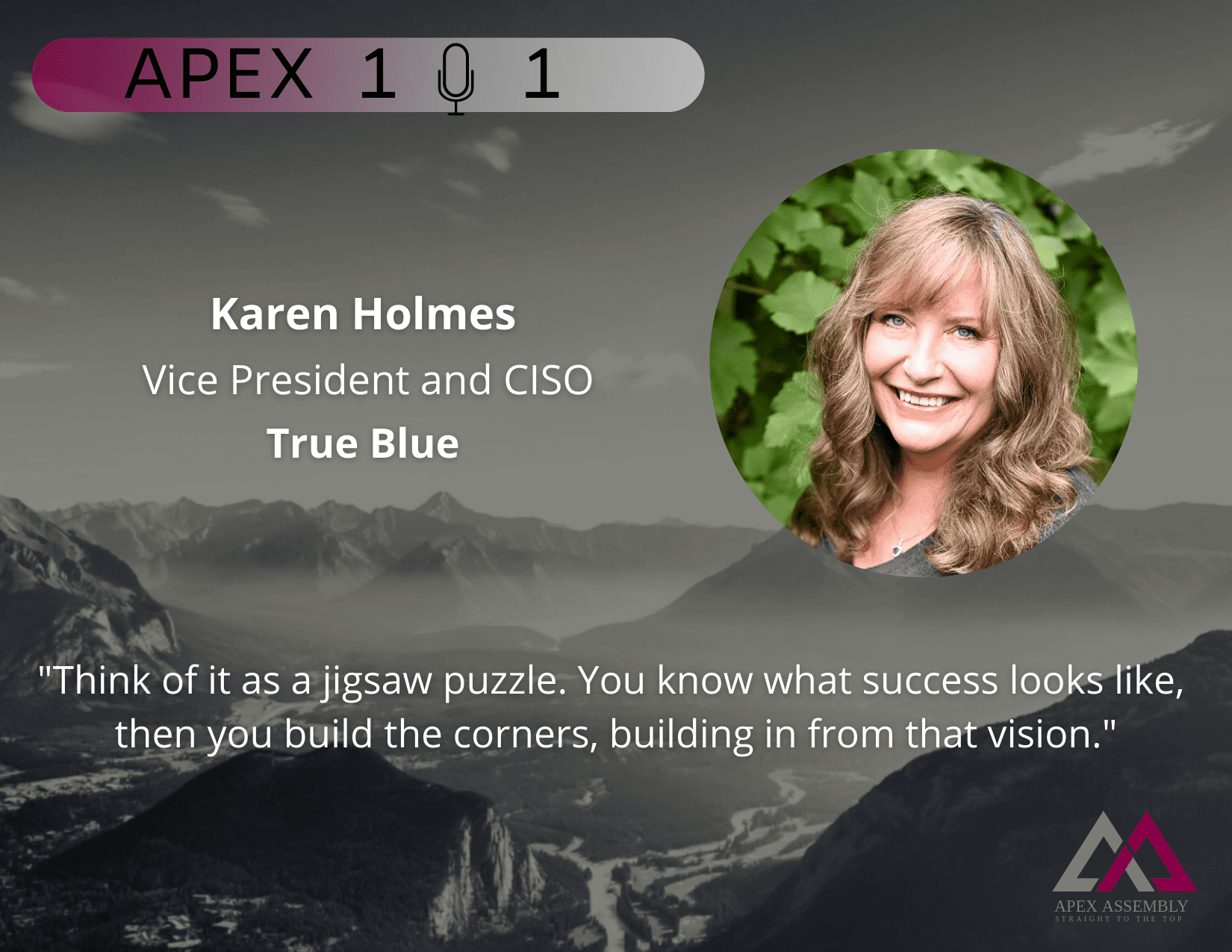
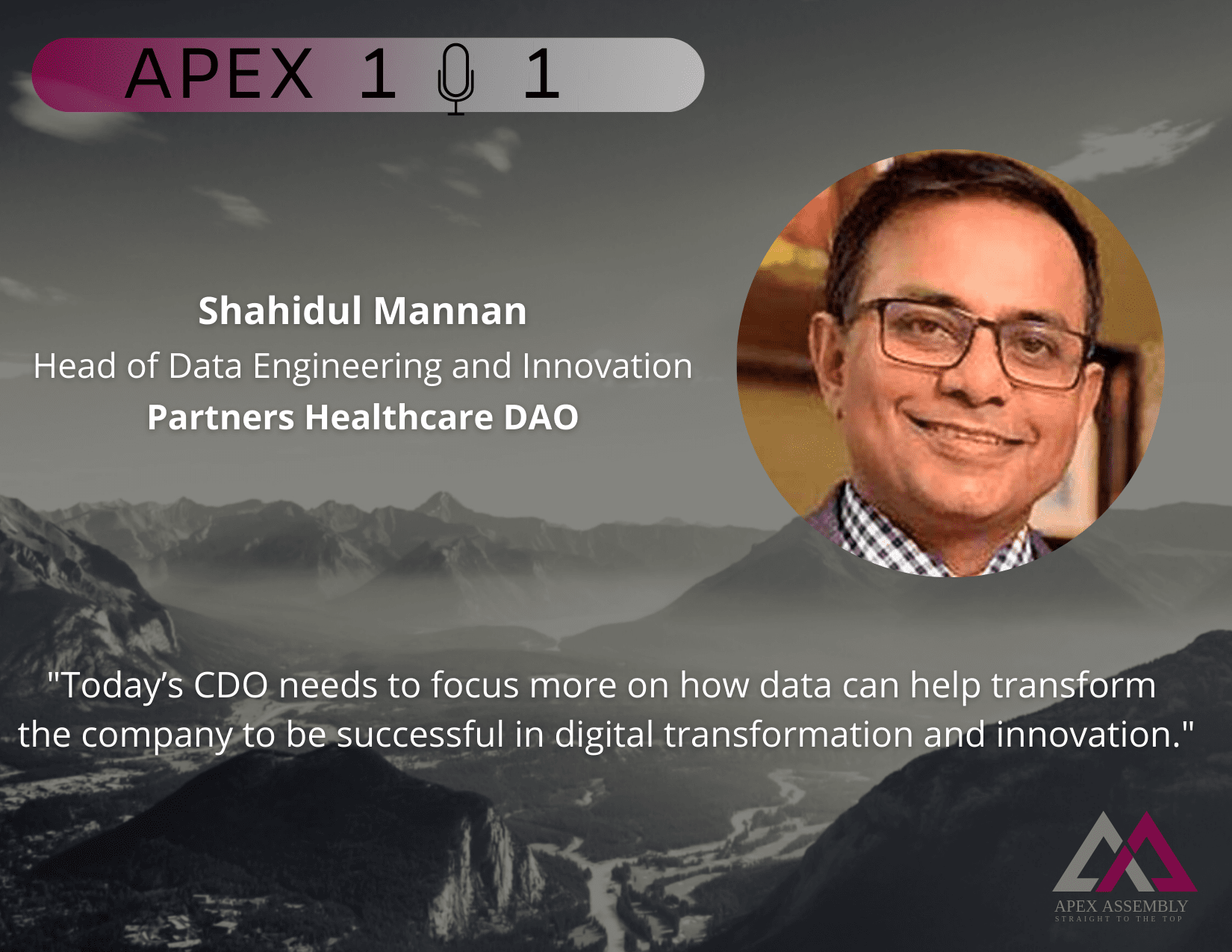
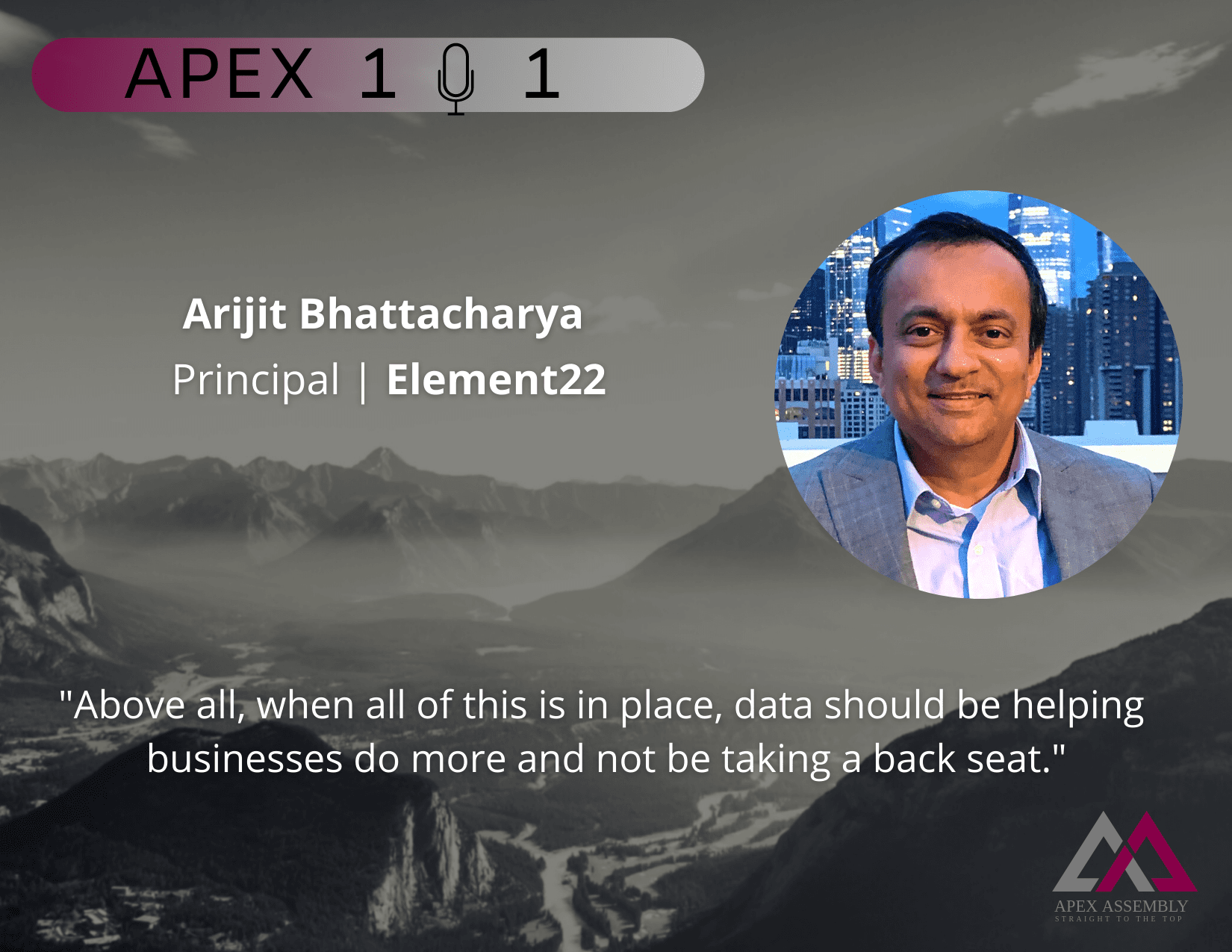


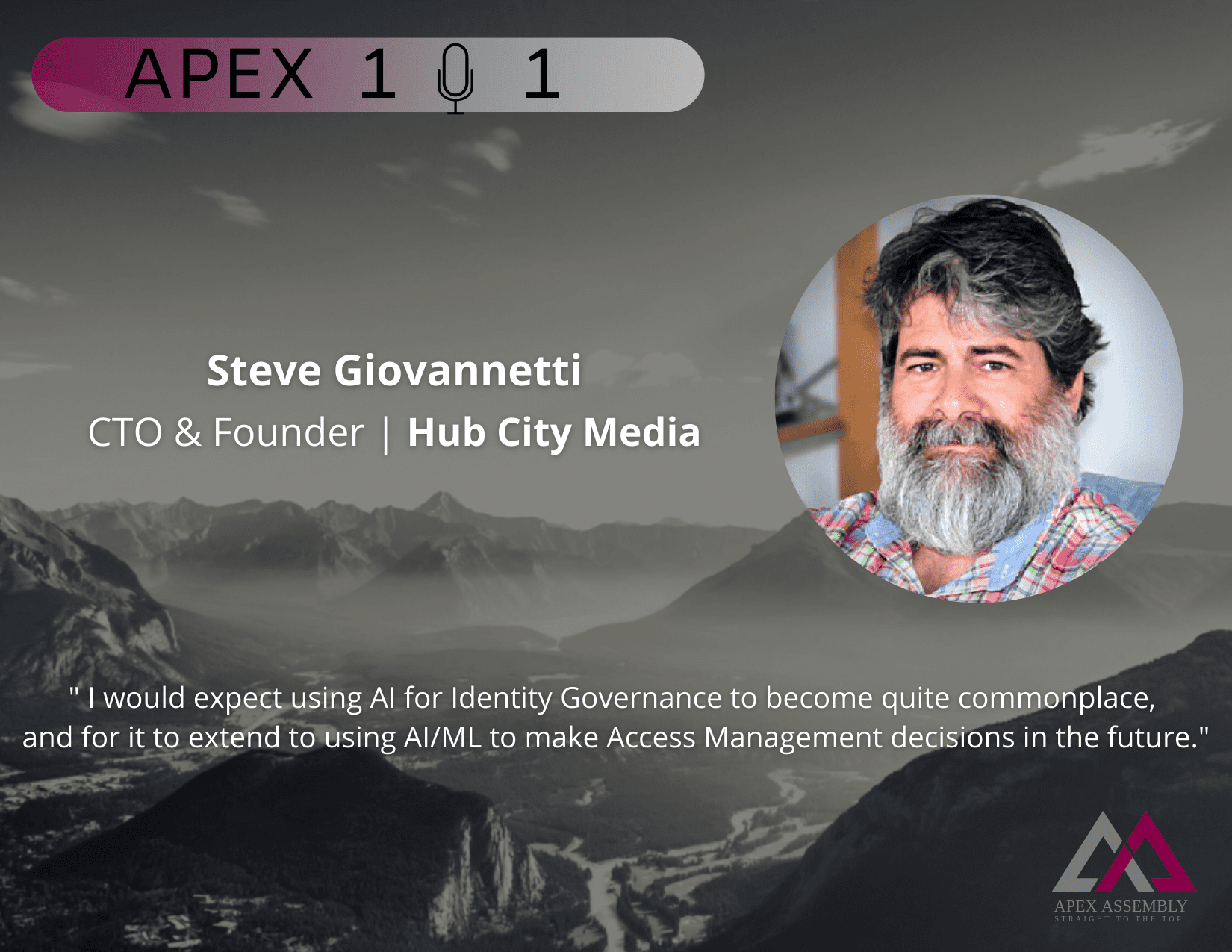
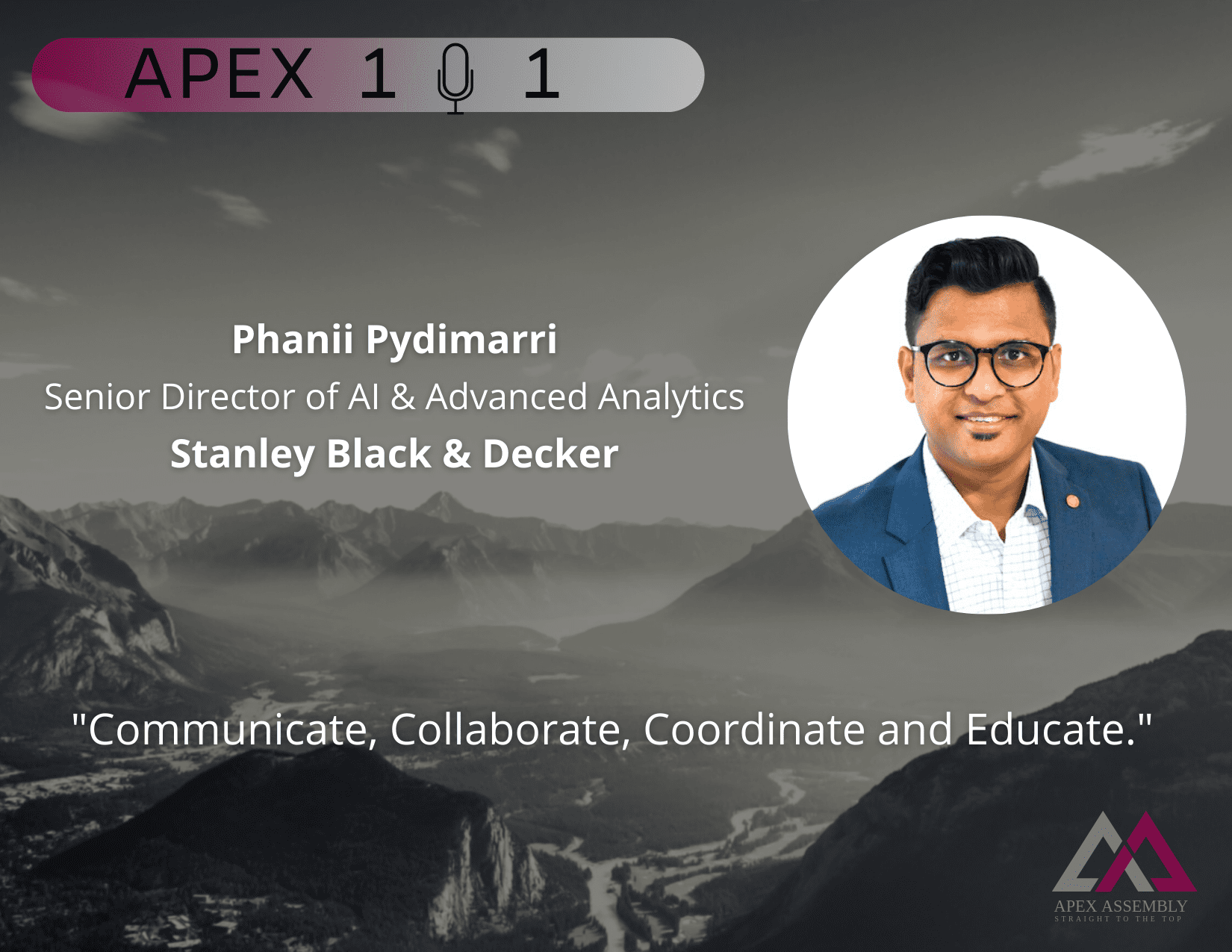
ROLE DESCRIPTION
We are looking for a Membership Manager to join the company and take on one of the most opportunistic roles the industry has to offer. This is a role that allows for you to create and develop relationships with leading solution providers in the enterprise technology space. Through extensive research and conversation you will learn the goals and priorities of IT & IT Security Executives and collaborate with companies that have the solutions they are looking for. This role requires professionalism, drive, desire to learn, enthusiasm, energy and positivity.
Role Requirements:
Role Responsibilities:
Apex offers our team:
Entry level salary with competitive Commission & Bonus opportunities
Apex offers the ability to make a strong impact on our products and growing portfolio.
Three months of hands on training and commitment to teach you the industry and develop invaluable sales and relationship skills.
Opportunity to grow into leadership role and build a team
Extra vacation day for your birthday when it falls on a weekday
All major American holidays off
10 paid vacation days after training period
5 paid sick days
Apply Now >>